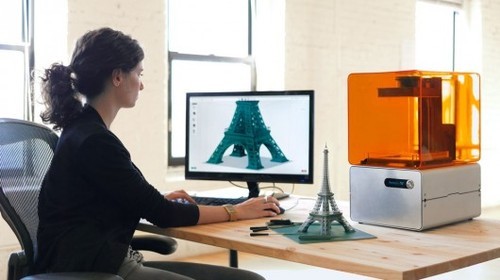
For those of us raised on Star Trek and Jetsons cartoons, technology that could fabricate any object within minutes seemed a distant sci-fi fantasy akin to jetpacks and moon bases. But the era of 3D printing is near, rapidly setting roots in the manufacturing market place and poised to dramatically change the way in which we create our goods.
3D Printing is the revolutionary process by which digital designs can be transformed into real world physical objects, ranging from toys to jewelry and even complex machine parts. Thanks to an increase in government funding, box sized devices capable of custom molding metals, plastics and ceramics have dropped in price to approximately $1,000.
What does this mean for your every day consumer? Well for starters there will be a massive marginal increase in personalization. Utilizing a vast and open library of designs, anyone will soon be able to create customizable products in the comfort of their home. Imagine seeing something you like on Amazon, clicking on it and having a printer in your home create it right in front of you. Engineers and Inventors will also be able to create prototypes of their creations in hours, without having to utilize factories that can take several weeks to get back to them. Artists will be able to sell their designs digitally, and allow their customers to create the works in the comfort of their living room.
The printers achieve this by segmenting a 3D design into thin horizontal “slices”. It then creates the object layer by layer, bound by a heated nozzle or electron beam…the futuristic equivalent of “brick by brick”. This is an undeniably huge leap forward in scientific capabilities, but before we start demanding an update on our teleportation devices, we should examine the technology’s limitations.
The most obvious of these are the required raw materials and machine complexity. Most of us don’t have access to precious metals or expensive resources. Moreover, if you want to create something more complicated than metallic parts, plastic molds or ceramic shapes, the machine you use will be significantly more expensive. This isn’t an insurmountable hurdle, however, as it opens a marketplace for stores that are willing to facilitate the niche demands.
A pop-up shop in Soho called MakerBot, for example, is offering customers the ability to print off customizable goods in store. Rows of colorful raw materials decorate the walls, while the futuristic machines take center stage on the store floor. This might be the future of the shopping experience: browse a digital catalogue on a computer screen, choose your materials and colors, then watch your creation come to life right before your eyes.
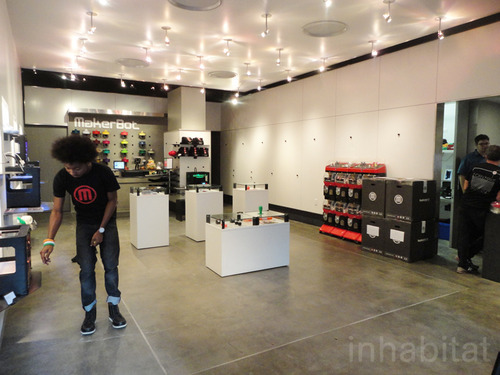
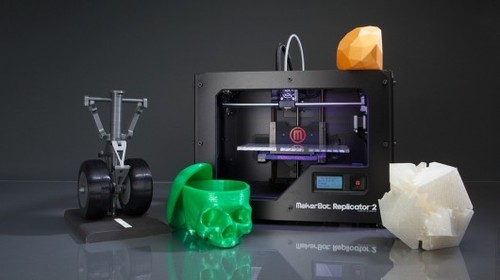
Another application for the technology exists outside of commercial goods. Biomedical specialists at Wake and Cornell University are pursuing fascinating advancements in printing human organs and cartilage from raw biological materials. Although the viability of these might be a few more years down the line, the implications are a potential revolution in organ replacements, customized to each patient’s DNA.
There are some other, potentially dangerous, manifestations for the technology as well. If companies share digital designs for gun molds, people will be able to construct functioning pistols in their homes made of metal or ceramic. This would allow people to circumvent the registration process of in store purchases, and create problems for metal detectors incapable of sensing ceramic guns.
Despite all the possibilities, no one actually knows what service model people really want with this technology. Venture capitalists have invested millions, but it is unclear whether the start-ups have a solid idea for how to make 3D printing real to the masses. We may very well be at the onset of a new industrial revolution, where cottage industries re-emerge and even bring manufacturing back to the American shores. Whatever the future holds for 3D technologies, we won’t have to wait too long to find out.




 A scientifically intriguing suggestion that often comes up isSynthetic Meat, also known as Lab Meat.
A scientifically intriguing suggestion that often comes up isSynthetic Meat, also known as Lab Meat. 
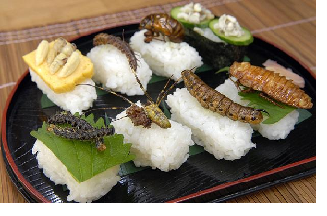 Leaving no stone unturned, we can’t forget the obvious option: Insects! The human population is easily dwarfed by insects, both in biomass and numbers. Eating insects, or Entomophagy, is already widely practiced across the world (Mexico has a popular Grasshopper taco.) Spiders, worms, ants and beetles are eaten across Latin America, Asia and Africa. Compared to our current livestock, insect farms require far less land, are far more efficient at converting plants into edible meat and emit fewer greenhouse gases. They are rich in proteins, low in fat and high in calcium and iron. They can even flourish on waste and paper, offering an auxiliary cleaning service. The ants crawling all over your picnic may soon become the main course themselves.
Leaving no stone unturned, we can’t forget the obvious option: Insects! The human population is easily dwarfed by insects, both in biomass and numbers. Eating insects, or Entomophagy, is already widely practiced across the world (Mexico has a popular Grasshopper taco.) Spiders, worms, ants and beetles are eaten across Latin America, Asia and Africa. Compared to our current livestock, insect farms require far less land, are far more efficient at converting plants into edible meat and emit fewer greenhouse gases. They are rich in proteins, low in fat and high in calcium and iron. They can even flourish on waste and paper, offering an auxiliary cleaning service. The ants crawling all over your picnic may soon become the main course themselves.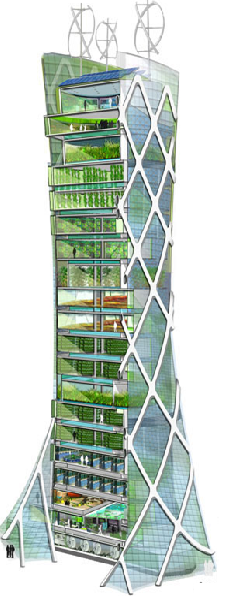 Zhikang Li is a Chinese plant breeder, who has spent years working with his team to produce “green super rice”. His rice produces more grain, is more resistant to droughts, floods, salty water, insects and disease and was created without any GM technology. He took the natural route, working with hundreds of farmers and researchers in several countries to cross-breed more than 250 plants into his bountiful creation. This is the way we should be interacting with nature.
Zhikang Li is a Chinese plant breeder, who has spent years working with his team to produce “green super rice”. His rice produces more grain, is more resistant to droughts, floods, salty water, insects and disease and was created without any GM technology. He took the natural route, working with hundreds of farmers and researchers in several countries to cross-breed more than 250 plants into his bountiful creation. This is the way we should be interacting with nature.